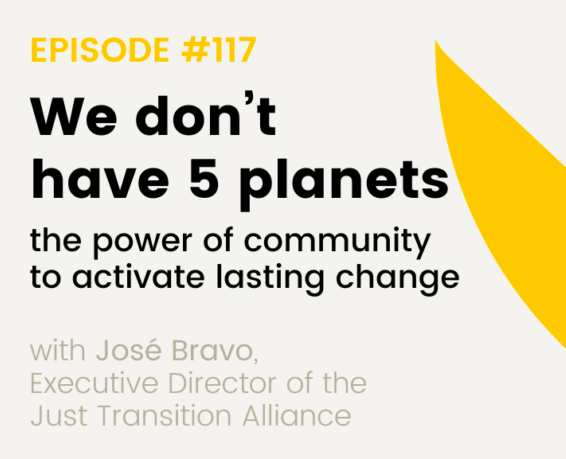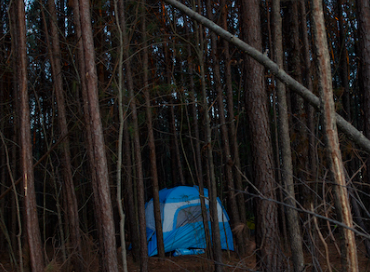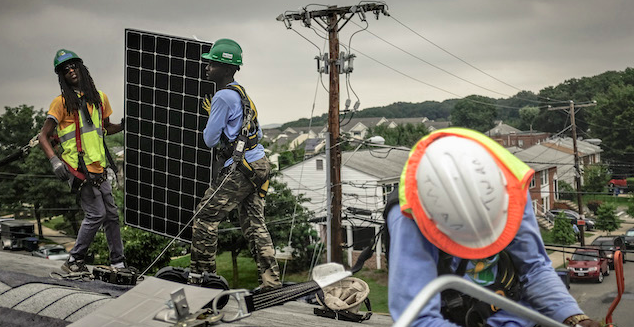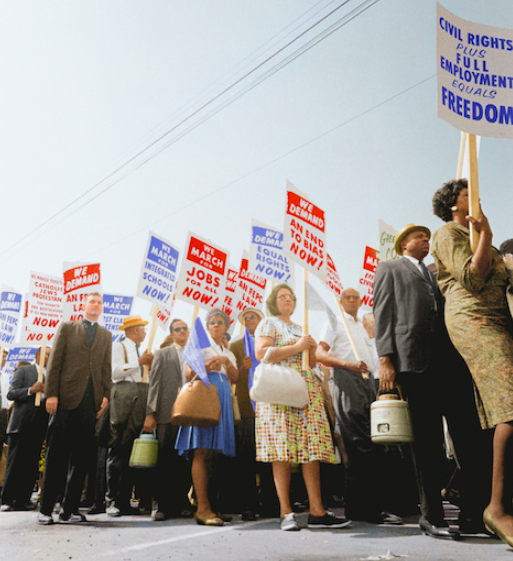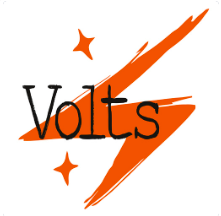Resources
Search below for resources covering the intersection of climate engagement, social science and data analytics.
RESULTS
Get Up, Stand Up: What Actions Move the Needle?
The climate movement has recently tried more disruptive direct action tactics. Some of these include protests by the group Just Stop Oil throwing soup in famous art and the movie How to Blow Up a Pipeline. Sociologist Dana R. Fisher argues that these tactics generally can have the effect of mobilizing more people to join movements (not persuading people in the middle. Further, more research is needed to understand the various political effects of direct action tactics. The intensifying effects of the climate crisis have grown the climate movement, and its focus has changed to more material effects on people’s lives. A diversity of tactics is necessary for movements to create lasting change. Rose Abramoff, a climate scientist, protested lack of climate action and eventually lost her research job because of it. Ilana Cohen, cofounder of Fossil Free Research and leader of Divest Harvard, helped push Harvard to divest from fossil fuel investments. Cohen argue that persistently organizing with creative tactics helped the campaign win.
We don’t have 5 planets
In this Upstream Indisposable podcast episode, host Priscilla Johnson talks with Just Transition Alliance Executive Director José Bravo about building grassroots power and bringing restorative justice to frontline communities. José says, “There is nothing like knocking on somebody’s door and having a conversation, and building community. That’s super important because you start to understand that there are people who think like you, and there are people who understand where things should be.” Later, he describes how “There’s been a lot of game-changing solutions. In particular, when we’re talking about exposure to chemicals, I think that there are communities that are over-impacted by the exposure to chemicals. There’s communities that have literally the extraction of what will later become a chemical, the production of that chemical, the use of that chemical, and then later the disposal of that chemical. So, in communities of color and low-income communities in the United States in this case, we see that chemicals keep on giving at different parts of the cycle of production and use. And I think for us, it’s about forming local economies to scale.”
The Fight Against Cop City
The protests in Atlanta against "Cop City" build on a history of organizers challenging prison construction as a force for environmental destruction. In defiance of the ongoing protests, the police and their contractors have started to cut down the forest, and the future of the encampment remains unclear. The campaign against Cop City is simultaneously an objection to building a new center for police training and a campaign to defend the Weelaunee Forest. The activists fighting against Cop City argue that police violence itself constitutes an environmental hazard, and that toxic chemicals associated with explosives that could be used on the site will destroy the air, water, and land on which myriad forms of life depend.
The Future of the Labor-Climate Alliance
Relying on the private sector to decarbonize is a recipe for abandoning workers. The uncertain labor conditions of the Inflation Reduction Act make it all the more important that labor and climate organizers remain engaged with the process of implementing the new law. State and local organizing can also be more effective in bridging the tension between fossil fuel workers and climate policies. In addition to state and local organizing, another logical step to strengthen labor-climate advocacy is for more environmental and climate organizations to support legislative reforms to make organizing easier, such as the PRO Act. Ending fossil fuel use will require building power through multi-issue, broad-based coalitions—we are stronger together.
What the Climate Movement Can Learn from the Most Successful Civil Rights Organization
To realize a just transition, this article argues that we need more organizing projects that connect political goals and the economic self-determination of local communities. To do that, climate groups should learn from the Student Nonviolent Coordinating Committee (SNCC) of the 1960s.
Building a movement that can take full advantage of the IRA
The Inflation Reduction Act is ambitious climate policy, but history shows that ambitious policy is not always followed by ambitious implementation. In this episode, Hahrie Han of Johns Hopkins University and David Beckman of the Pisces Foundation talk about Mosaic, a grant-making coalition that aims to help build a robust movement infrastructure to ensure that vulnerable and underserved groups can take full advantage of the significant funding offered by the IRA.
Pushing for Energy Justice with Fairbanks Climate Action Coalition: Community Organizing Lessons from Alaska
The Fairbanks Climate Action Coalition (FCAC) is working to advance a Just Transition away from fossil fuel extraction and towards renewable energy and a regenerative economy in interior Alaska. For several years, FCAC’s Renewable Energy Working Group has been organizing around their local electric utility cooperative, Golden Valley Electric Association (GVEA), to support more generation from renewable energy sources and energy justice initiatives and decarbonization of electricity. FCAC’s organizing efforts have supported more pro-renewable candidates to be democratically elected to the GVEA’s Board of Directors and pushed the utility to consider community solar projects and on-bill financing. A major win came in June 2022 when the GVEA Board adopted a strategic generation plan including a commitment to close down one of their coal plants and pursue a large scale wind power project.
In this webinar, FCAC shares learnings from their Microgrant Report: Cooperative Opportunity: Clean Energy documenting the development of their campaign, sharing reflections on how their organizing structure led to wins, the challenges they faced, and the lessons that can be learned to succeed in future campaigns.
The IRA Is an Invitation to Organizers
The Inflation Reduction Act presupposes a private sector–led transition, but battles over its implementation could build the political constituencies and expertise needed to take on the fossil fuel industry. It’s understandably hard for those who supported Green New Deal proposals for transformative investments in public goods to see the IRA—a bundle of tax credits whose benefits accrue largely to corporations—as a consolation prize. the forces backing a Green New Deal lost. But they had enough power to fundamentally shift debates at the highest level about what climate policy in the twenty-first century should look like, convincing lawmakers to abandon their commitment to narrow market tweaks and to focus instead on investment and job creation. The weakness of the bill that resulted from that shift reflected the power of polluters and a private sector eager to have the state step in to subsidize its profits. It’s time to get ready to win and run the big green state in the new normal the Green New Deal created.
The Hive Fund is co-creating a strategic, place-plus grantmaking approach, supporting constellations of groups in key geographies across the US South in leveraging these new federal climate programs to build and scale community-driven climate solutions. This includes: Continuing to make multiyear grants to groups who are reducing pollution and building clean energy alternatives in their communities and across regions. Identifying and funding up to ten iconic IRA climate justice zones that will offer concrete examples of how progress can happen in the South. Helping grantee partners across the US South prepare to access $3 billion in EPA block grants for community-based organizations in disadvantaged communities, coming available as soon as early 2024. Building the capacity of community-based lenders to access capital from the Greenhouse Gas Reduction Fund and other new programs to finance community projects, explore new lending products, and increase access to resources that meet community needs. Coordinating with equity-aligned climate re-granters to raise and move new philanthropic funds quickly and strategically to place-based groups in disinvested communities.
Field Catalyst Origin Stories: Lessons for Systems-Change Leaders
Solving complex social problems offers unique challenges—here are lessons from “social-change makers” for fellow leaders. First, a critical step to build trust is to center the voices and perspectives of those most affected by inequitable systems themselves. Second, given constraints in human capacity, consider experimenting by hiring differently, deploying talent differently, and surrounding yourself with people who think differently than you. Third, measure your impact—use principles that center equity and learning, track the state of the field’s development, monitor your progress, and don’t forget the health of your own organization. Fourth, be sure to find balance between long-term visioning and planning and short-term action.
Pagination
- Previous page
- Page 4
- Next page

